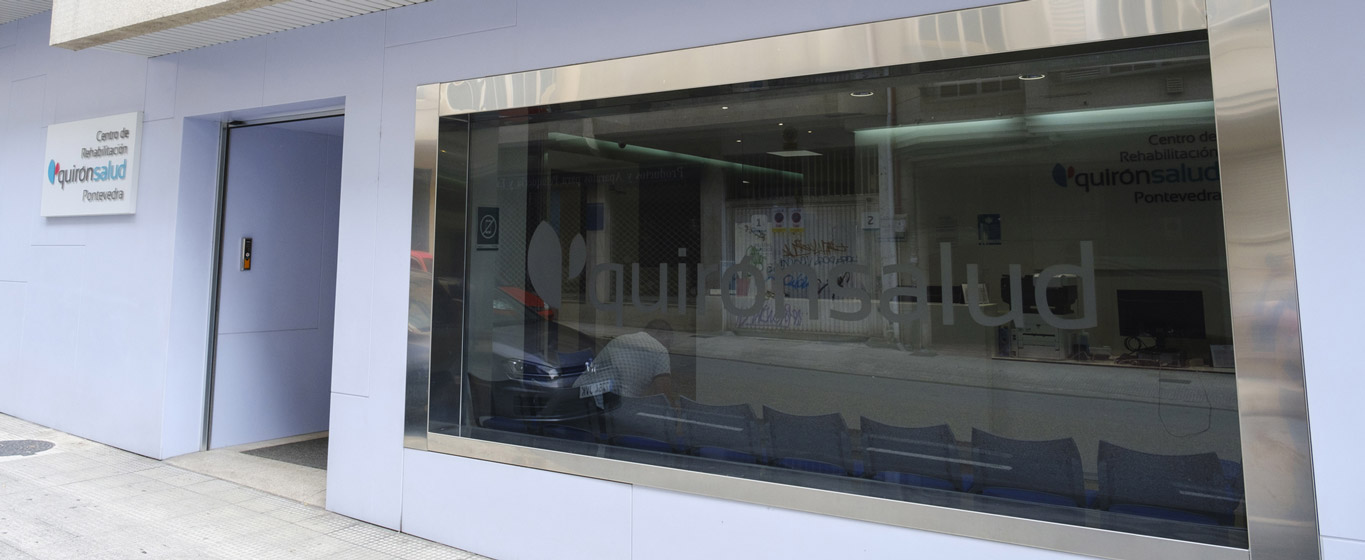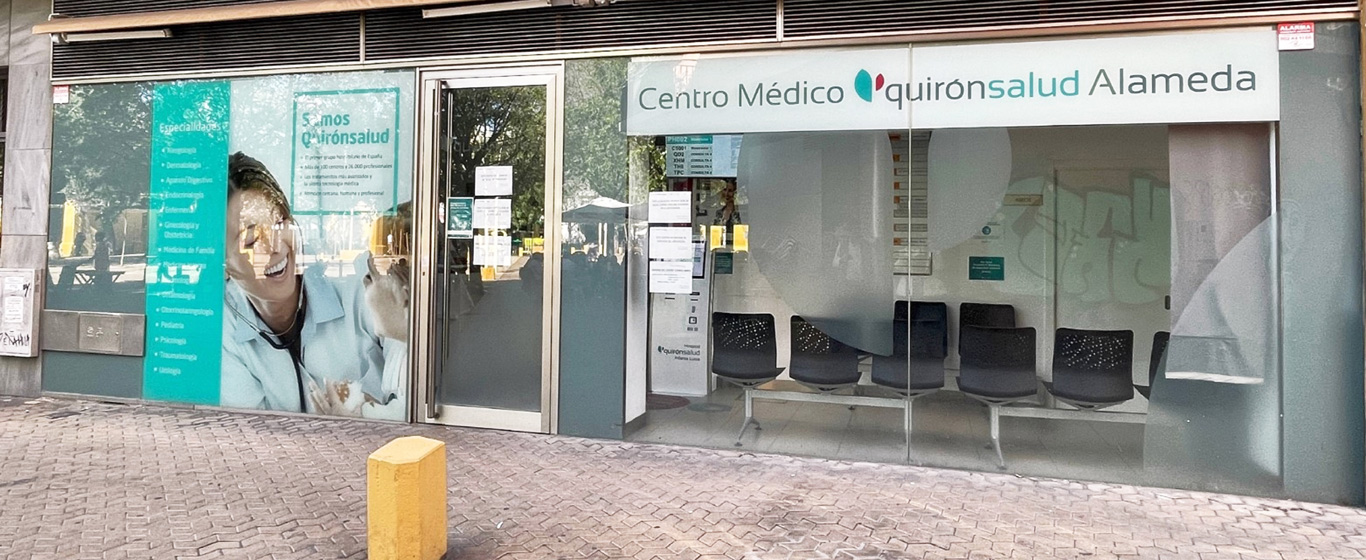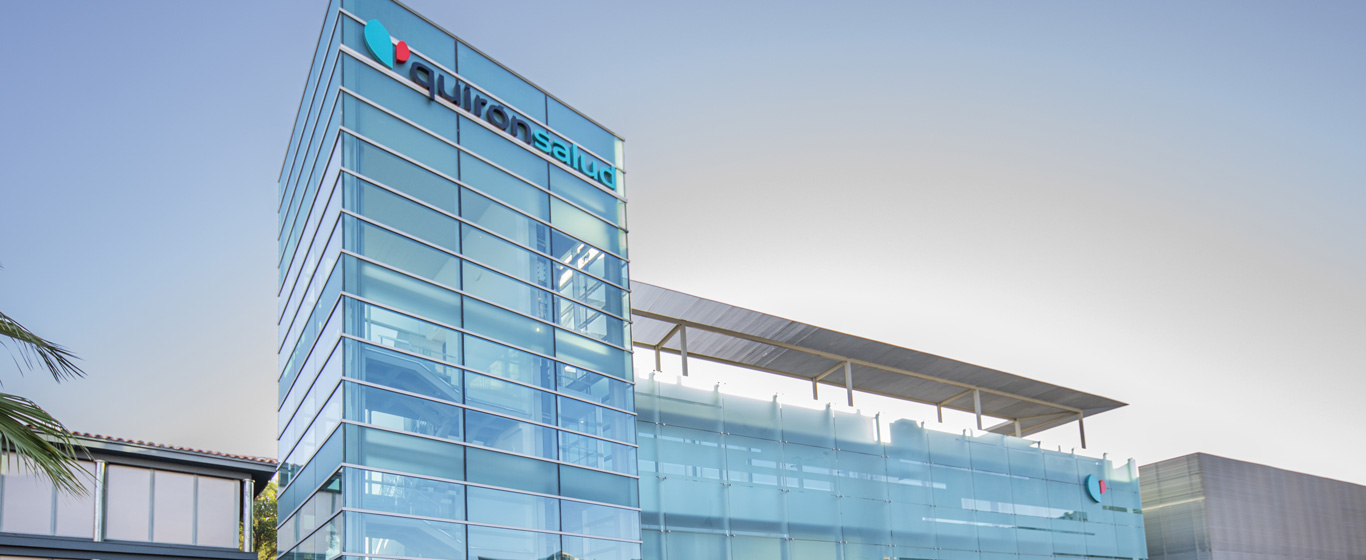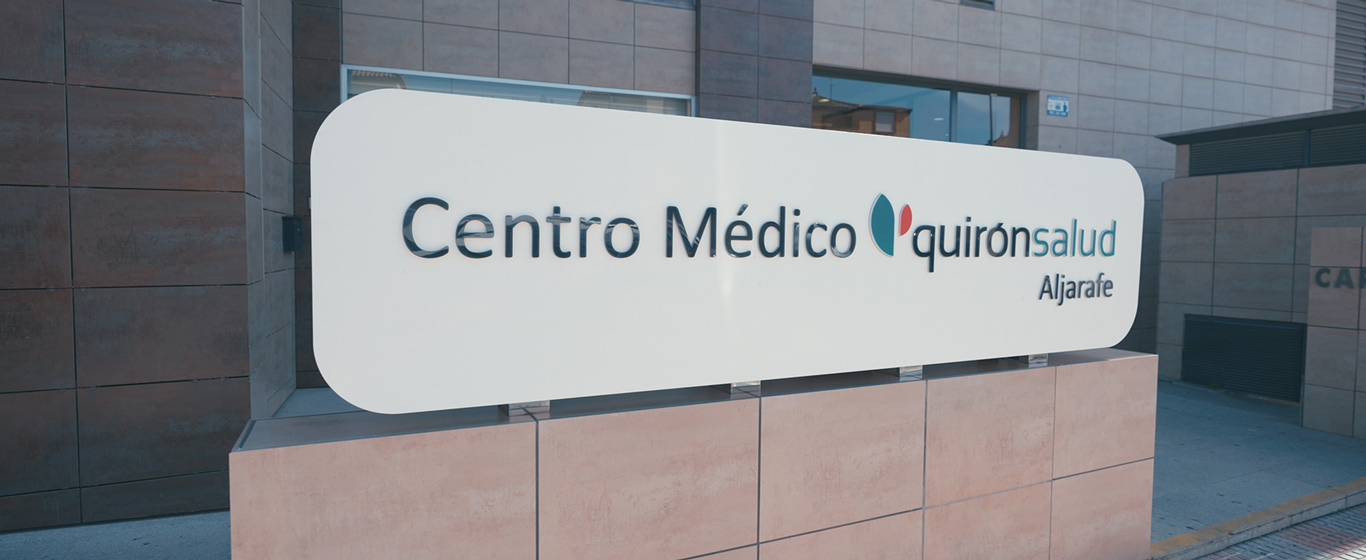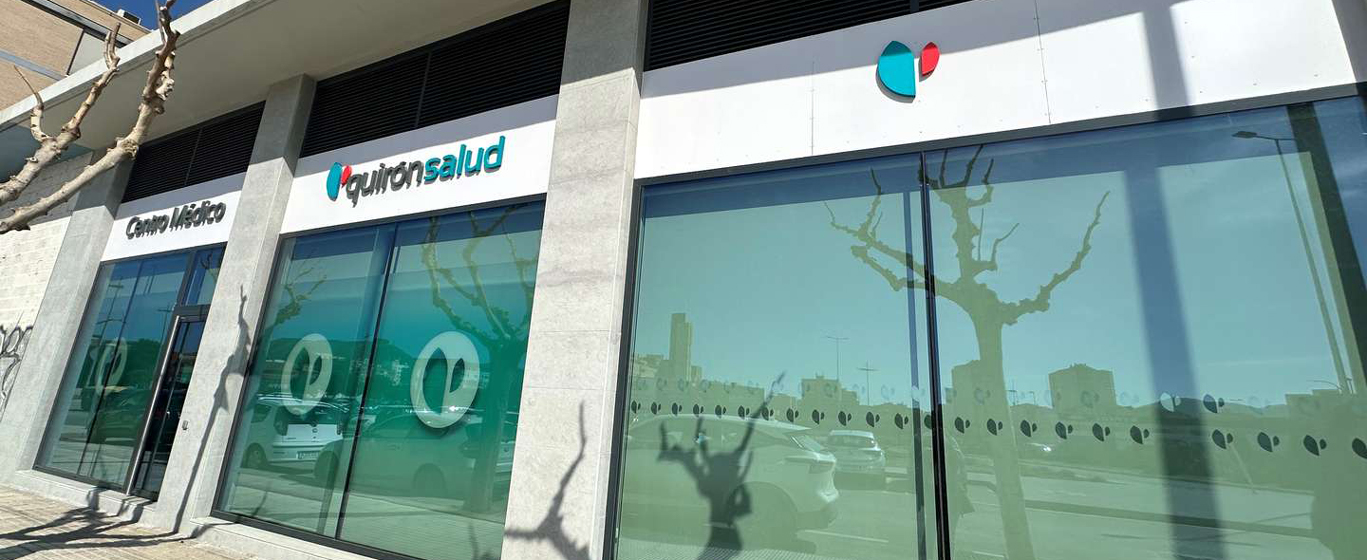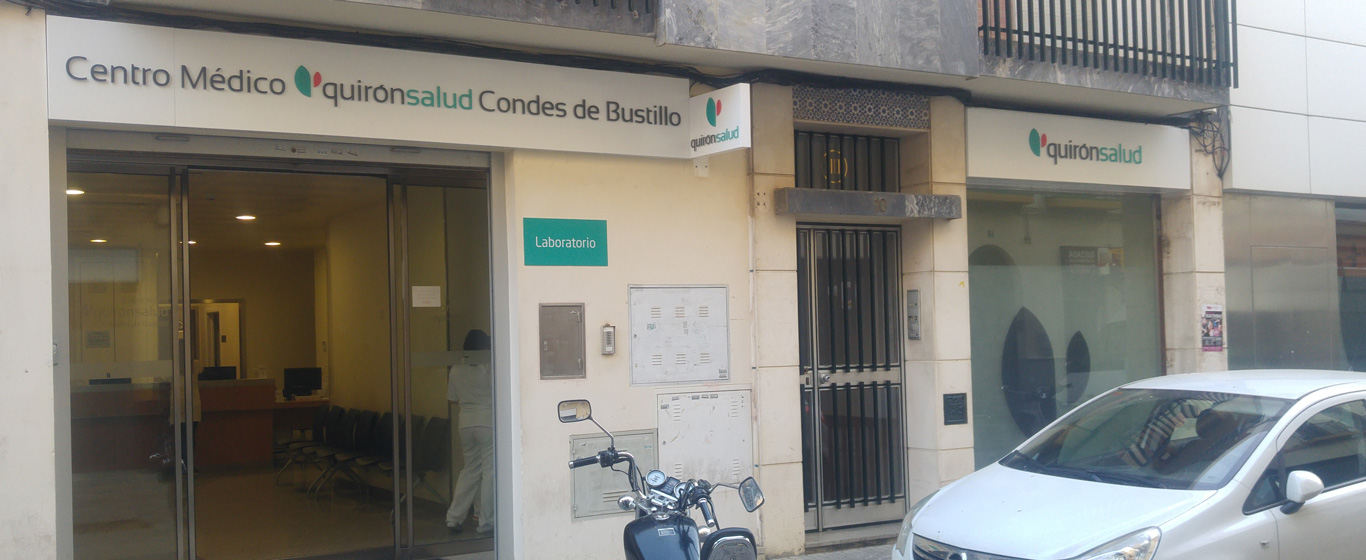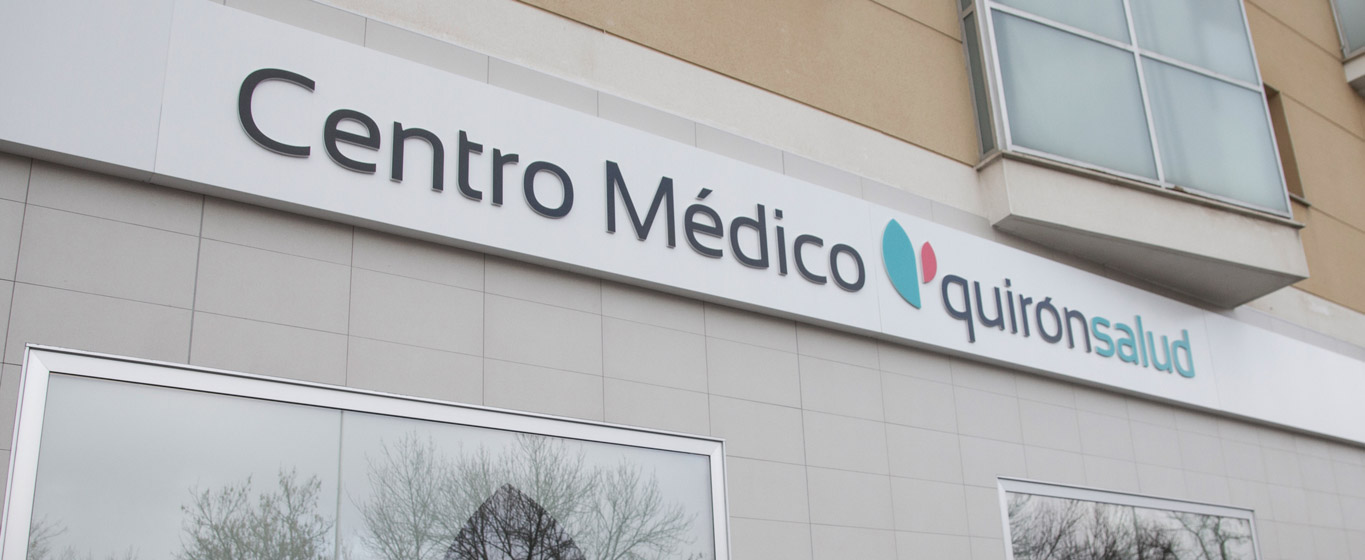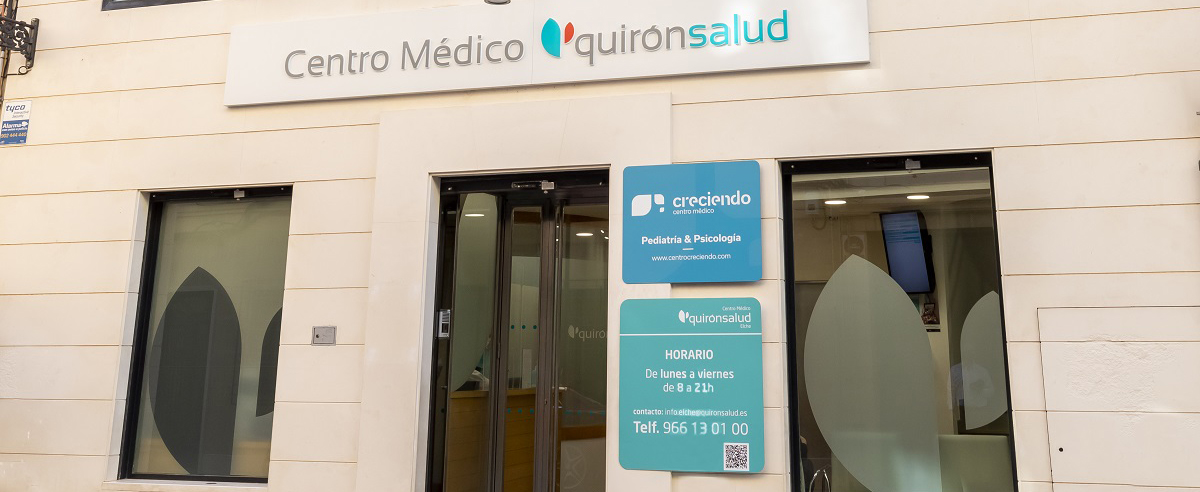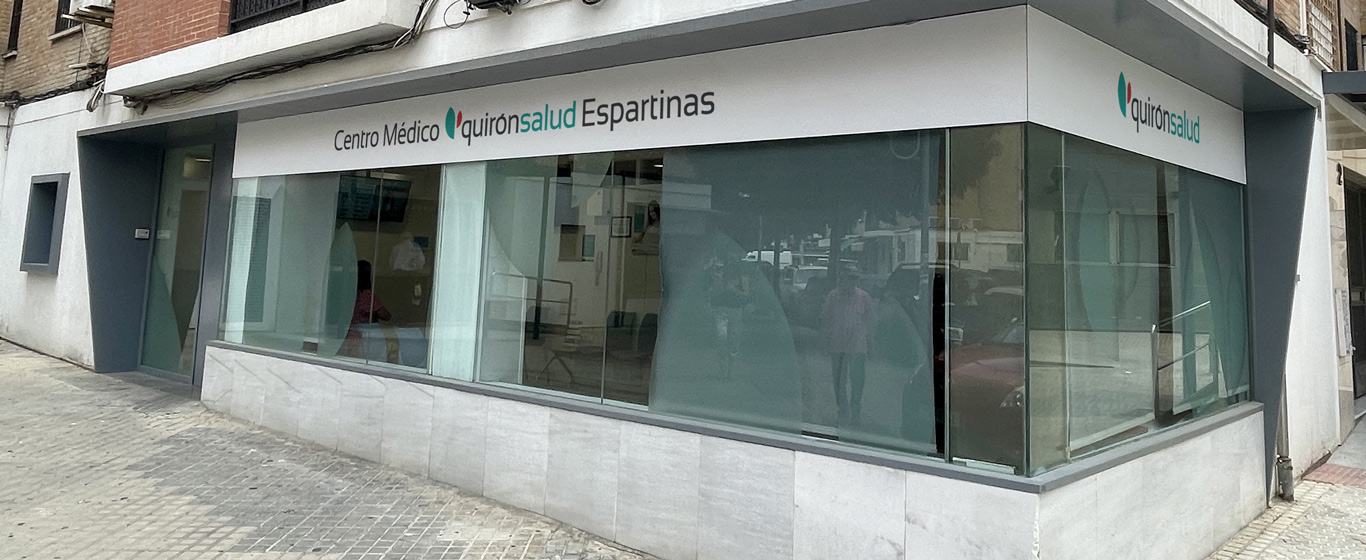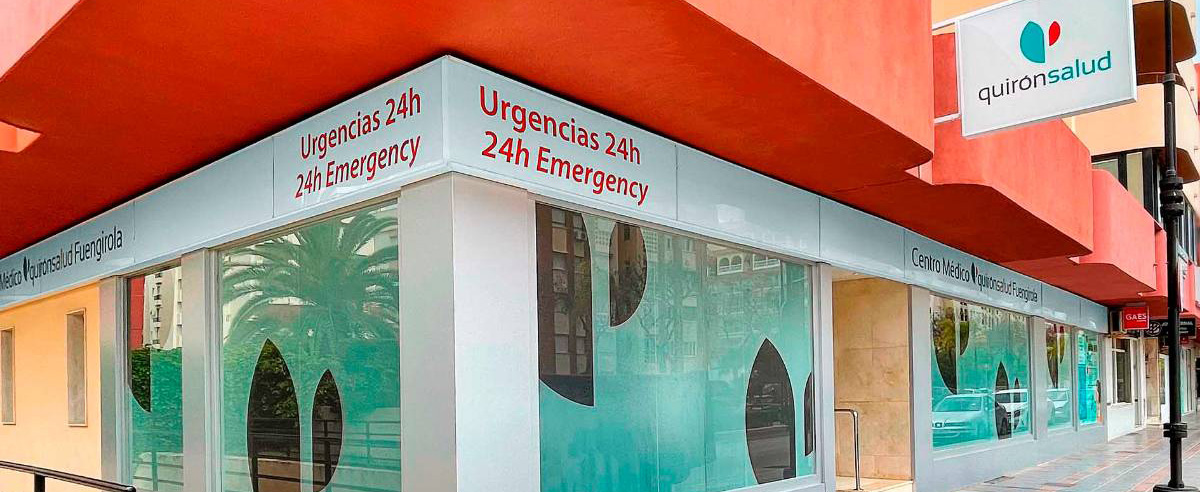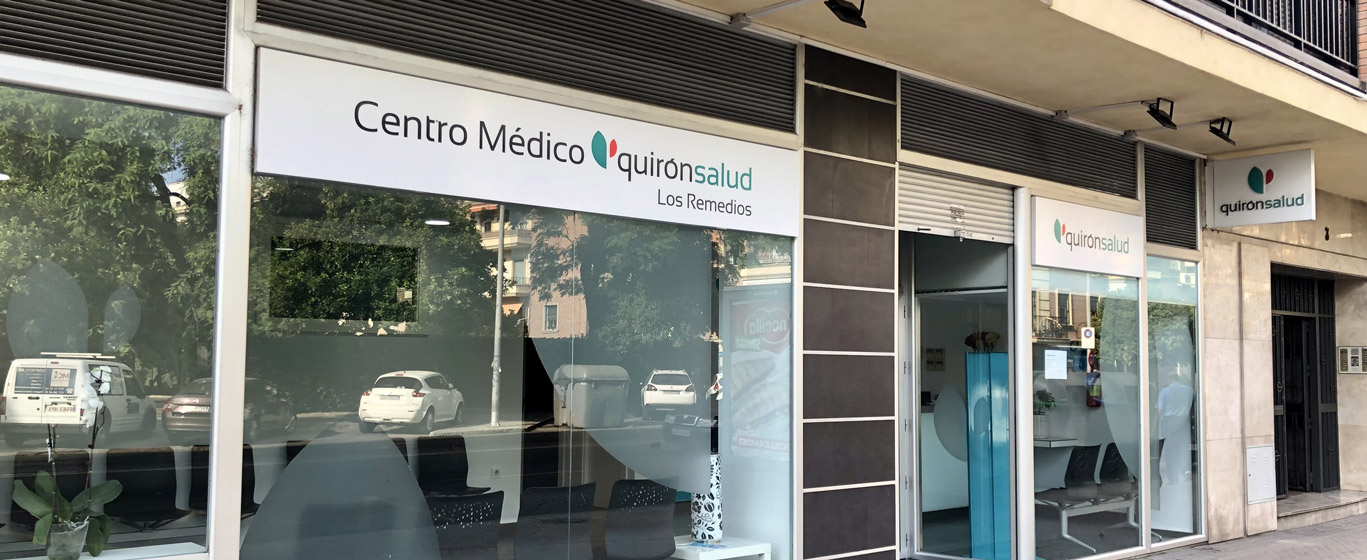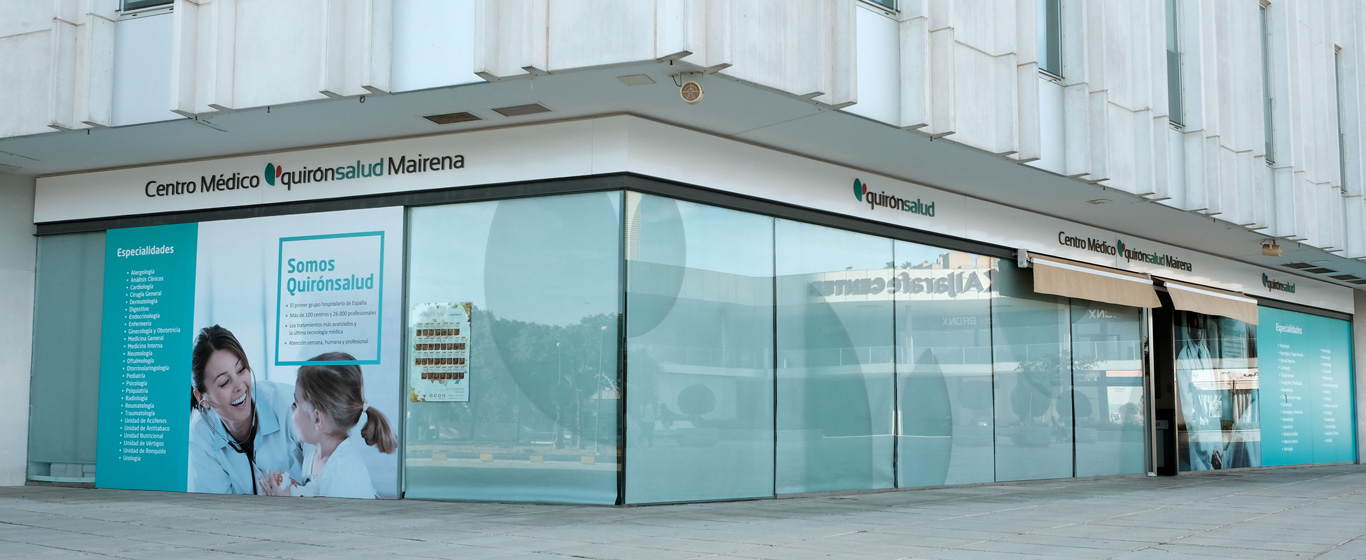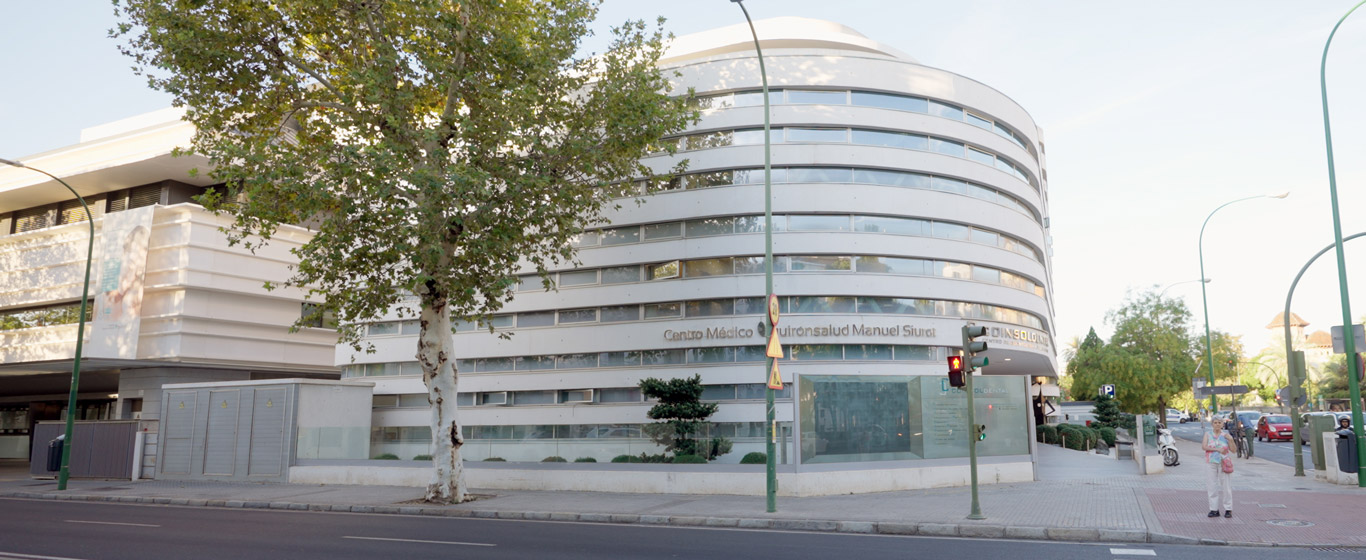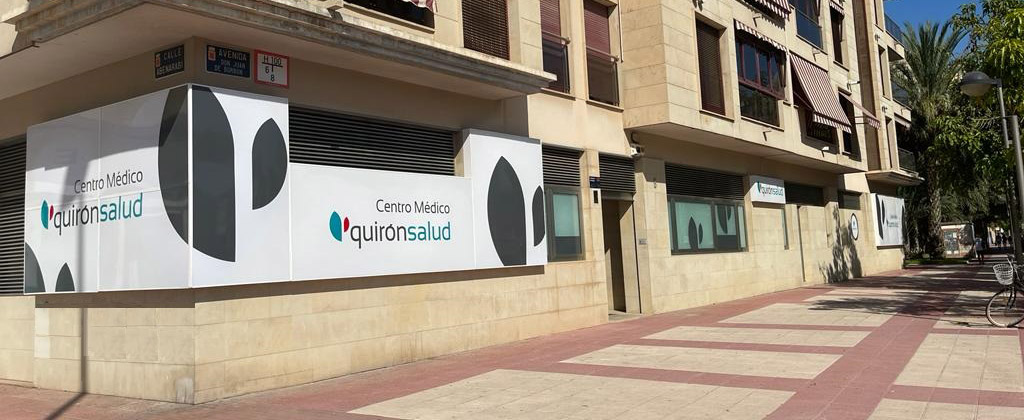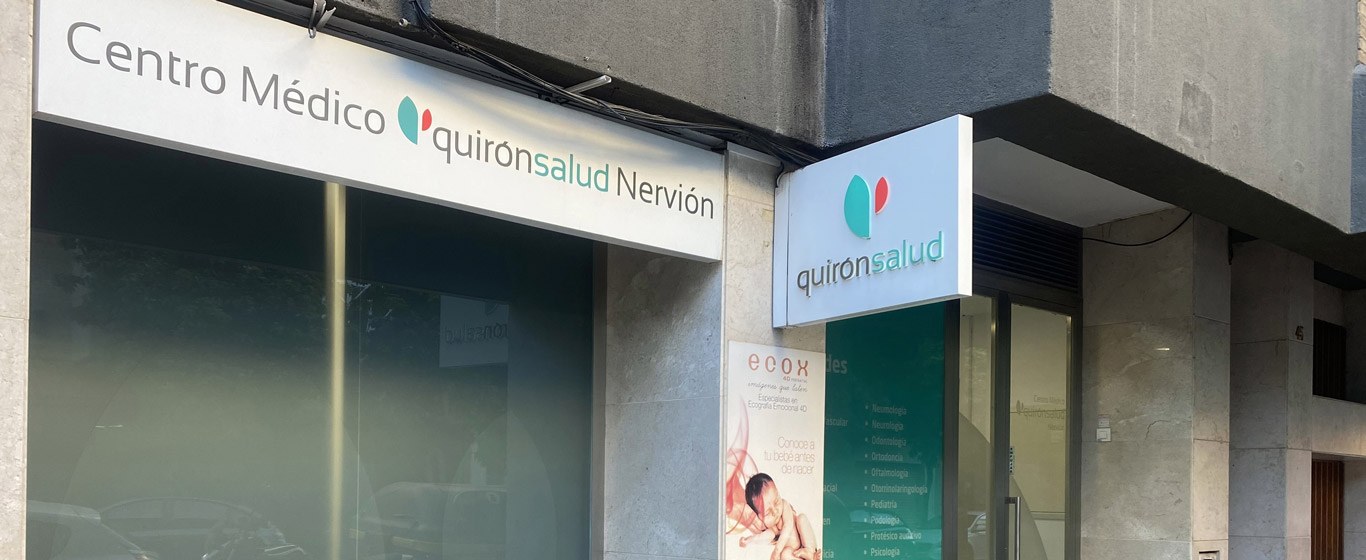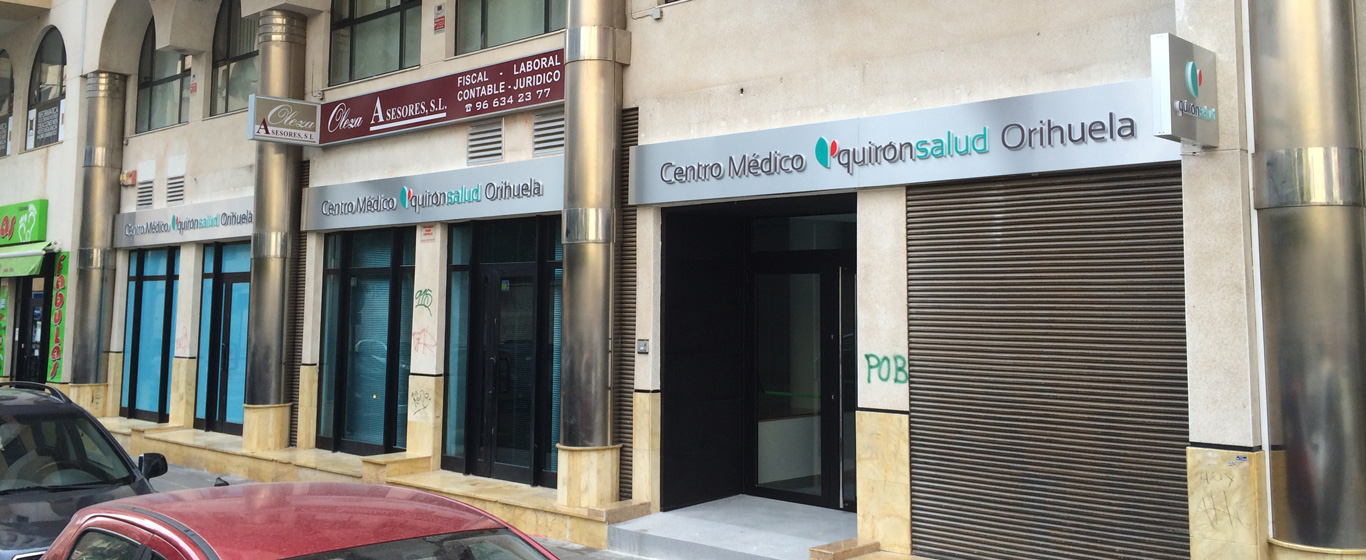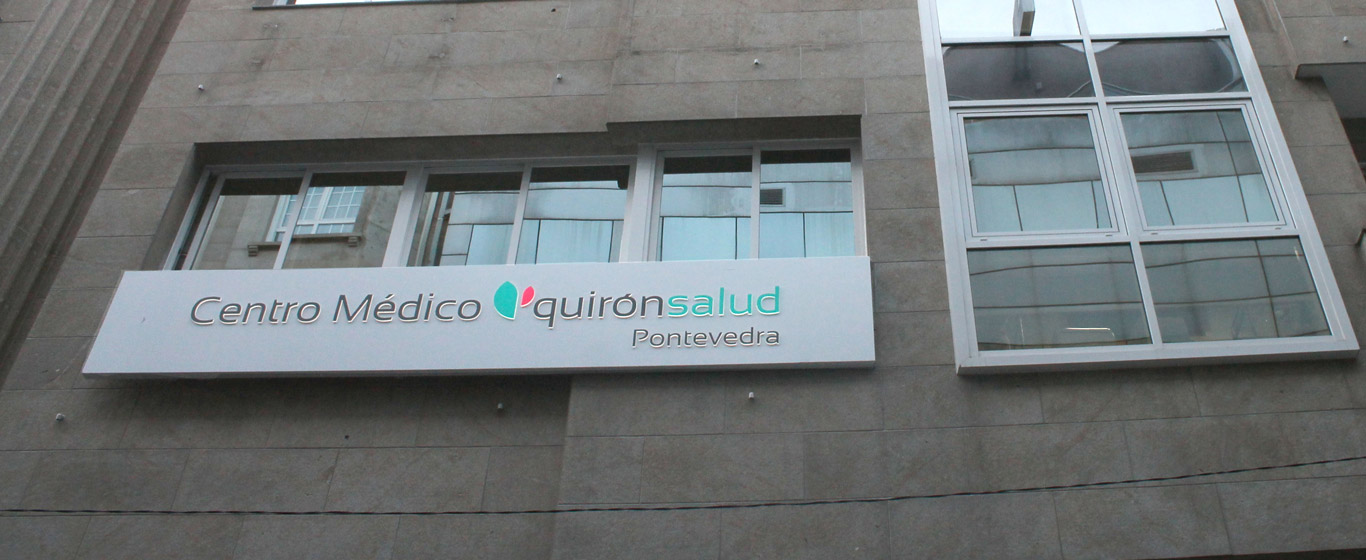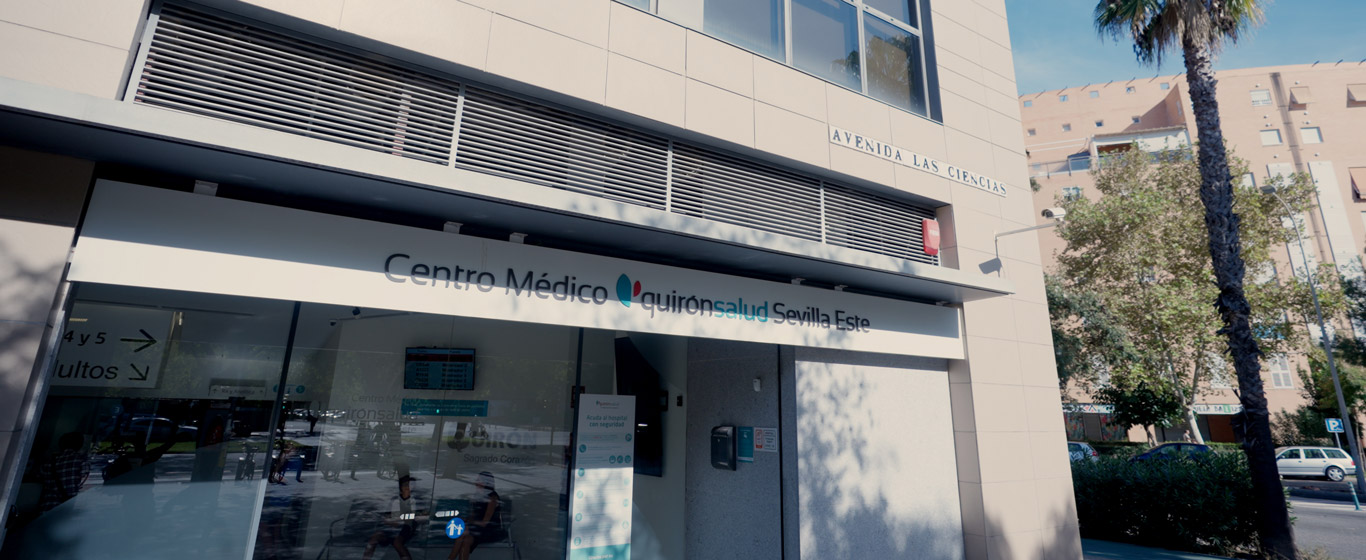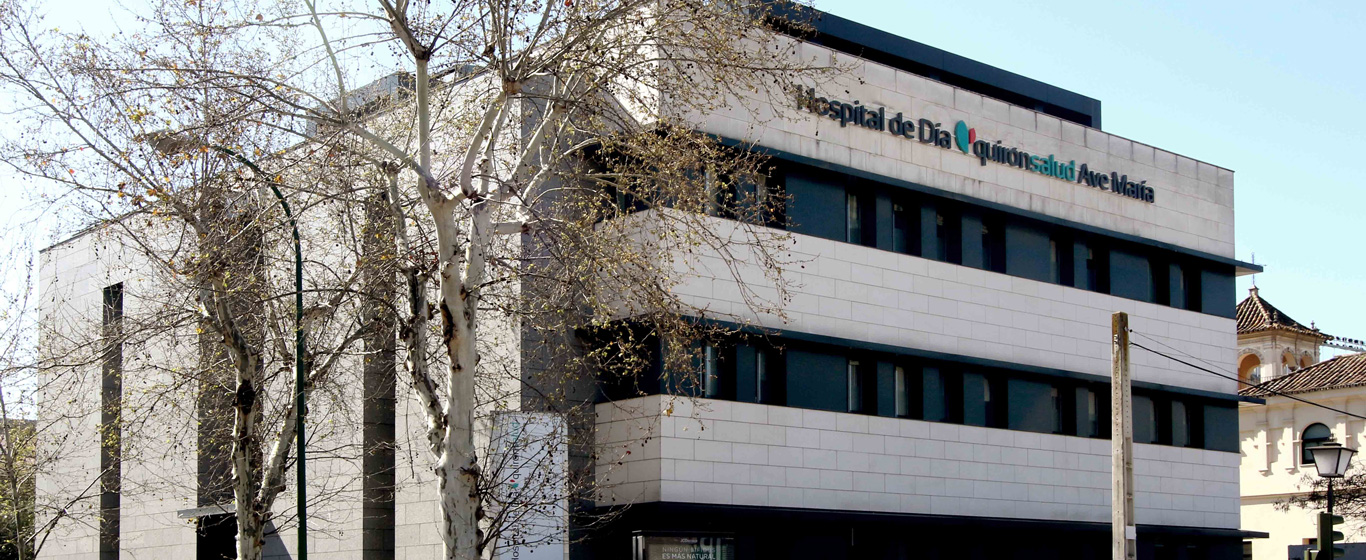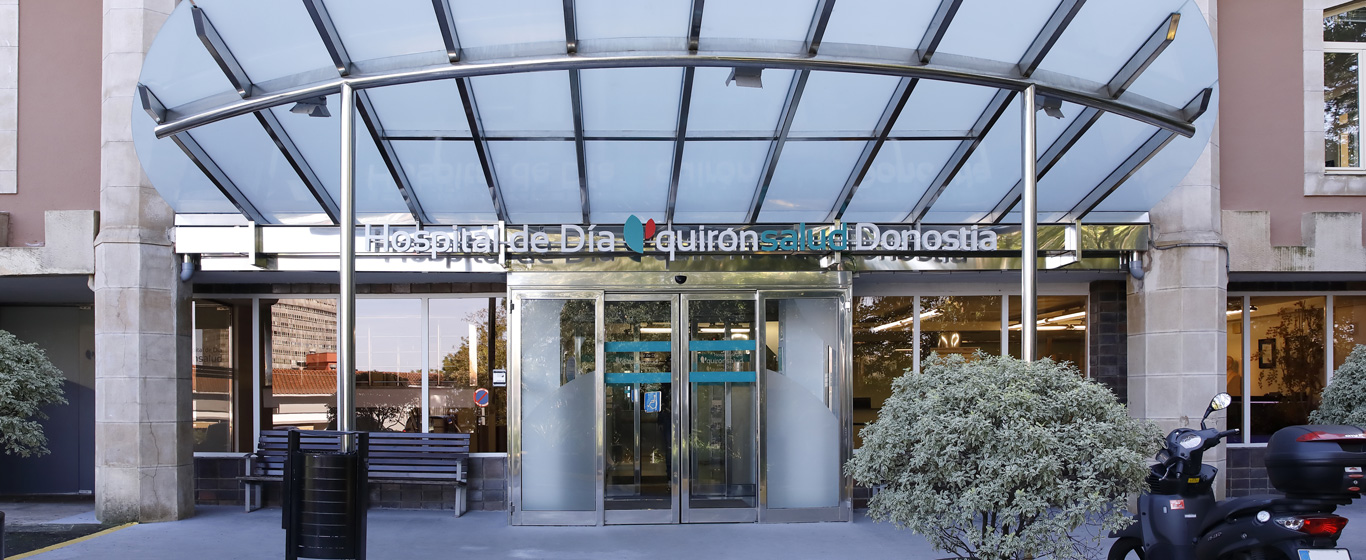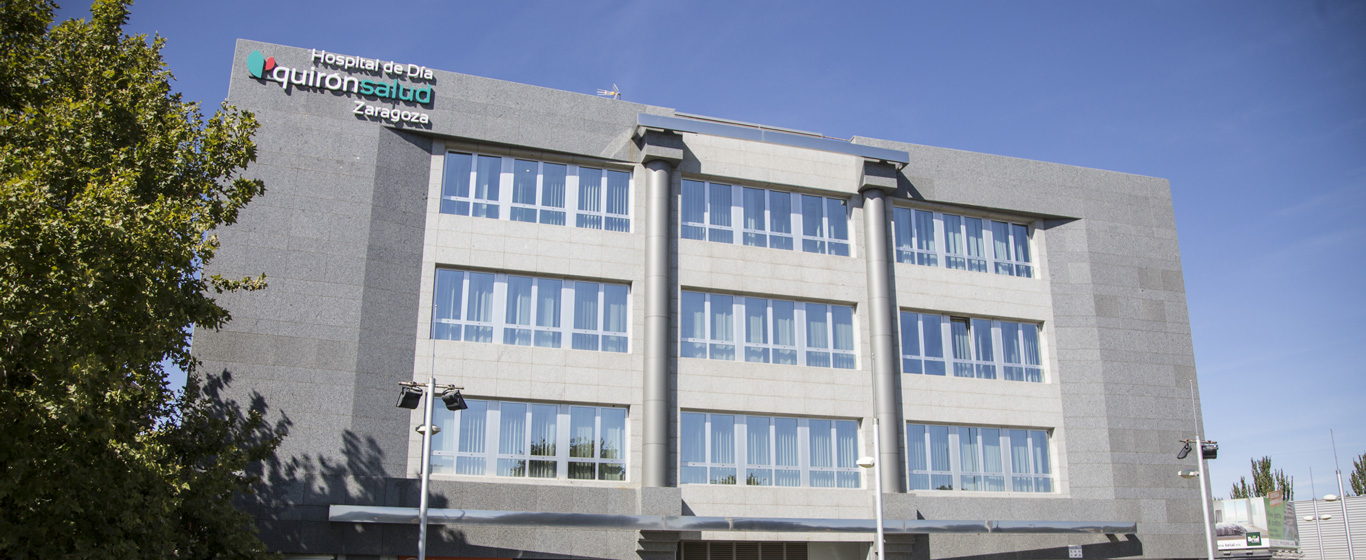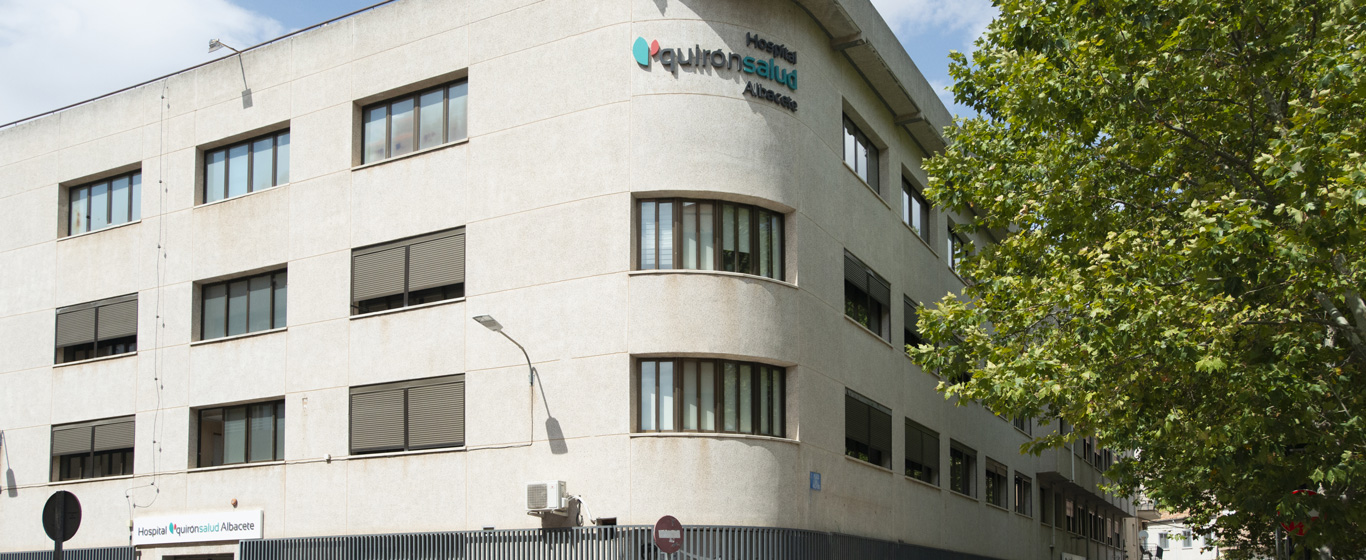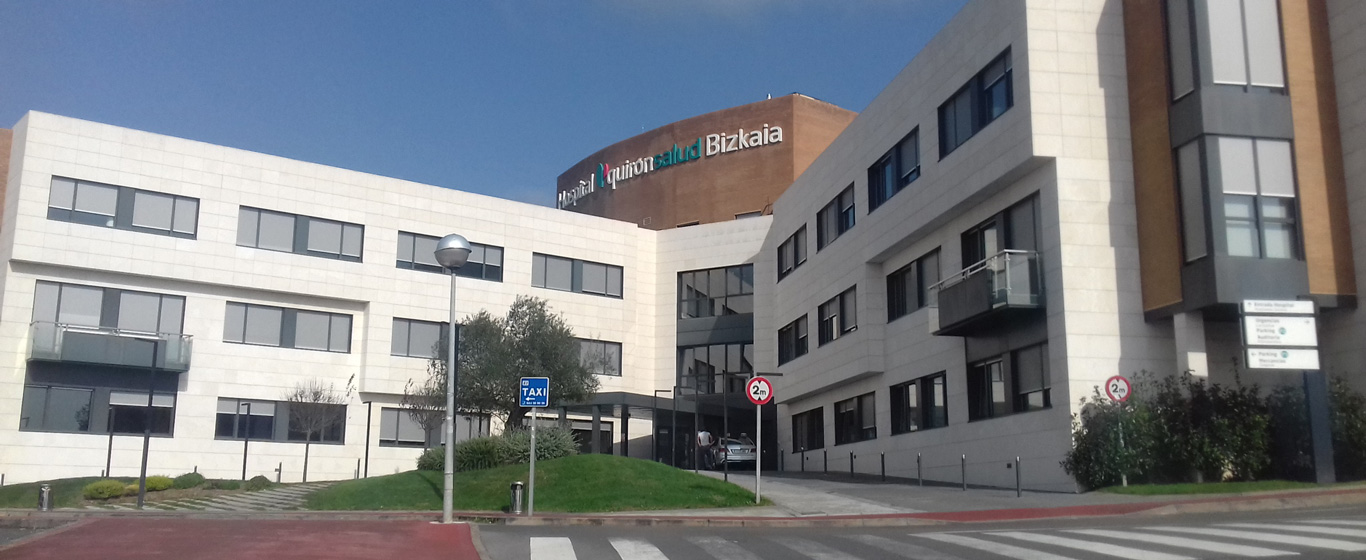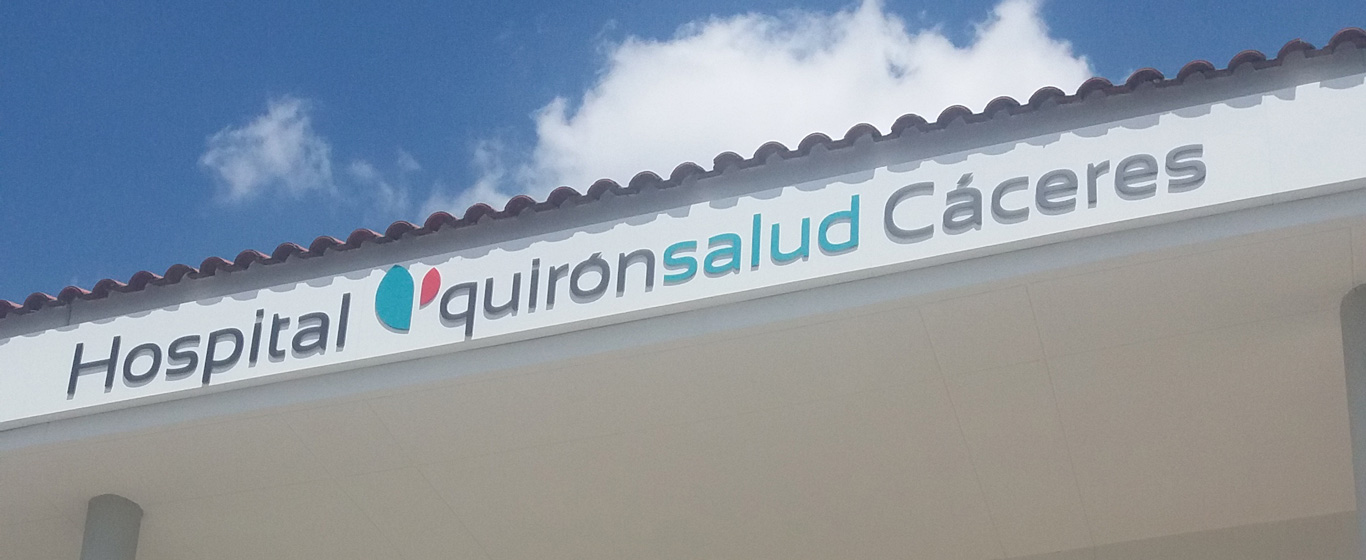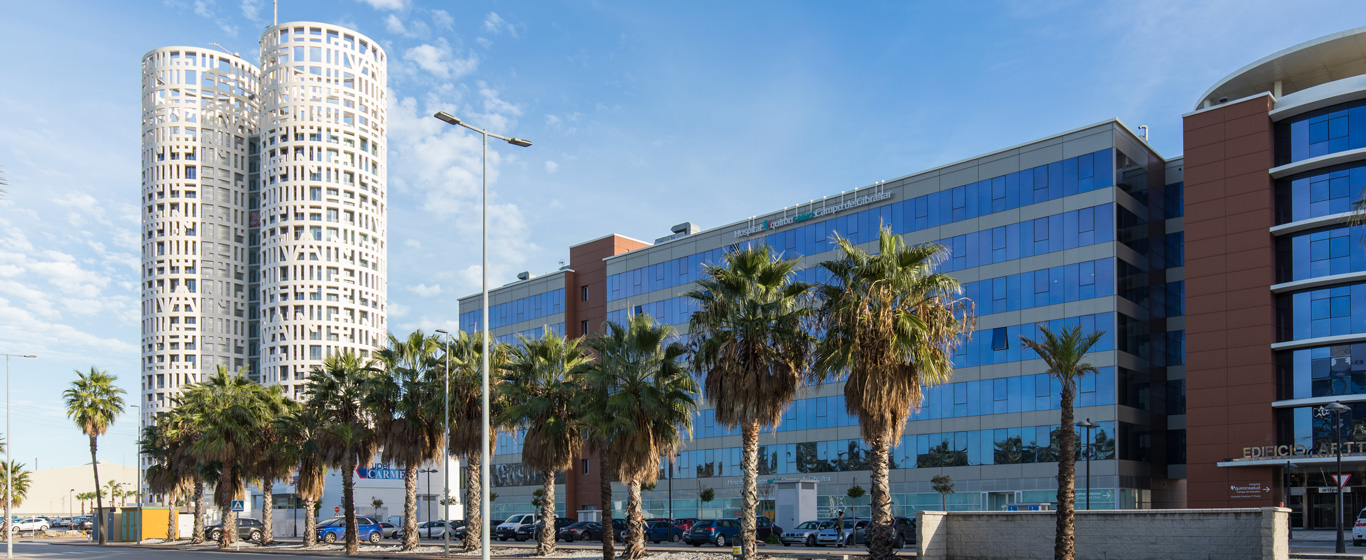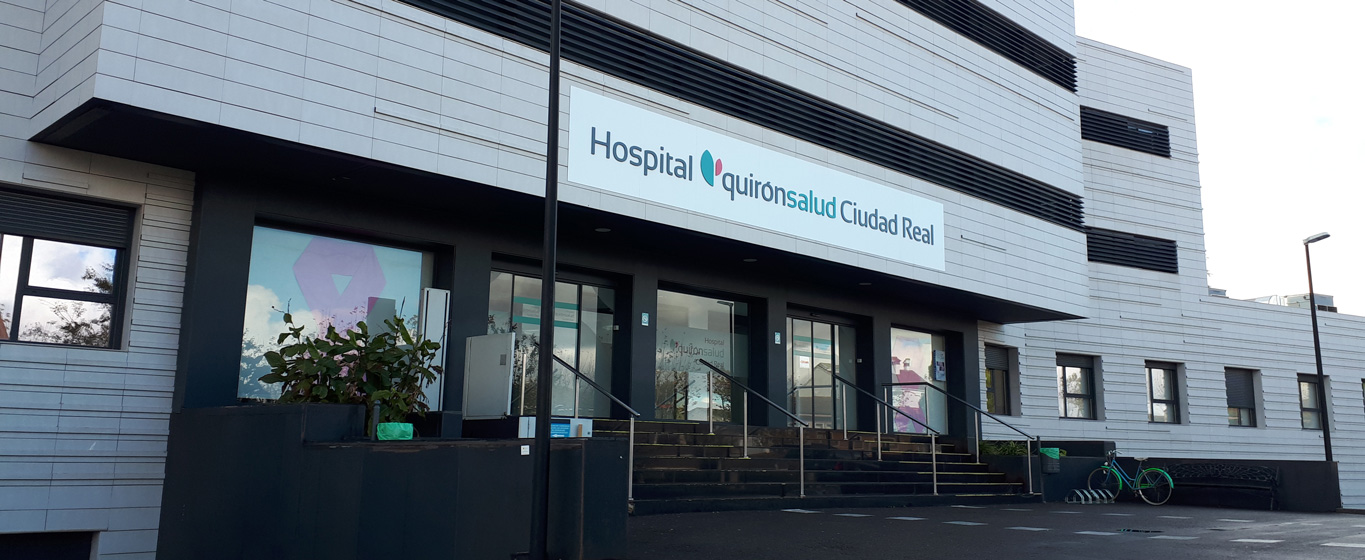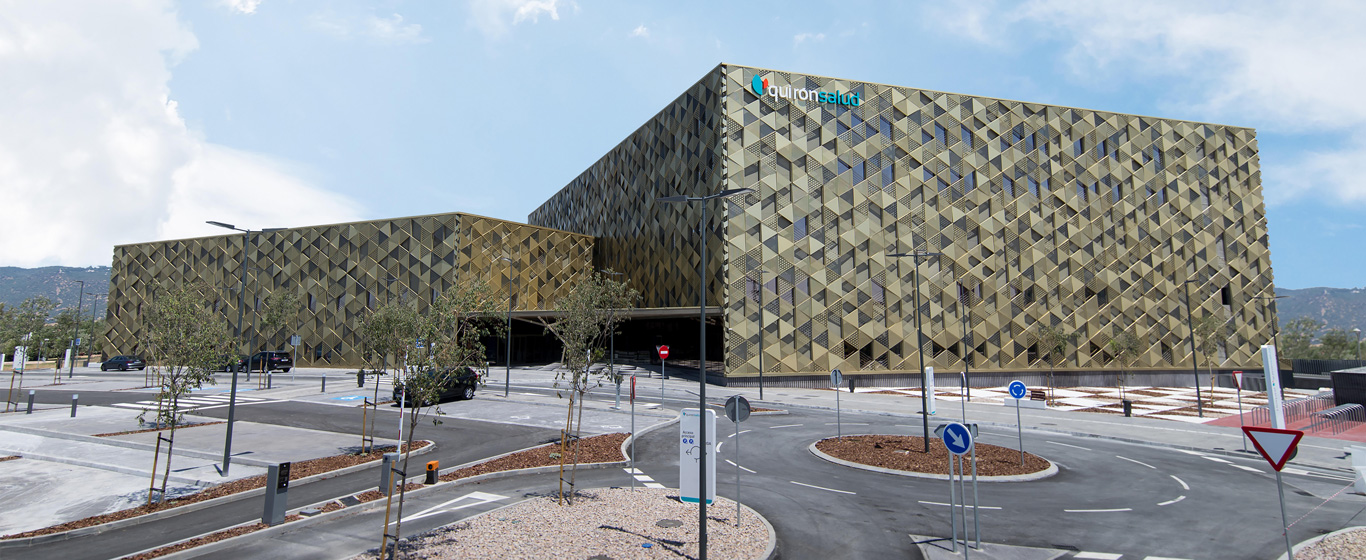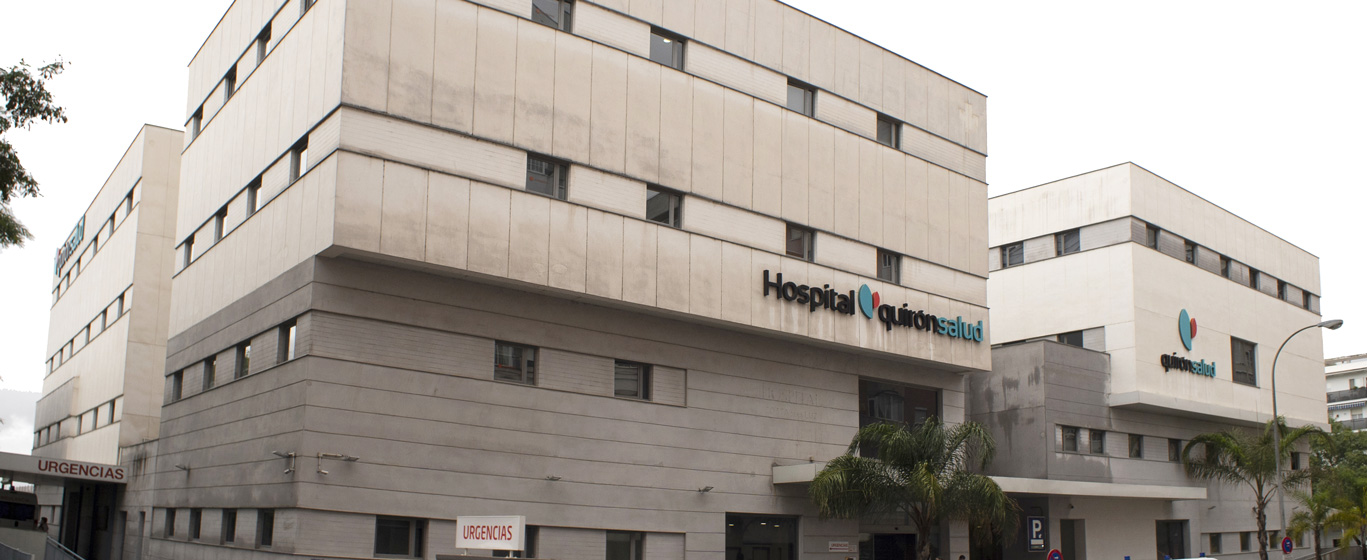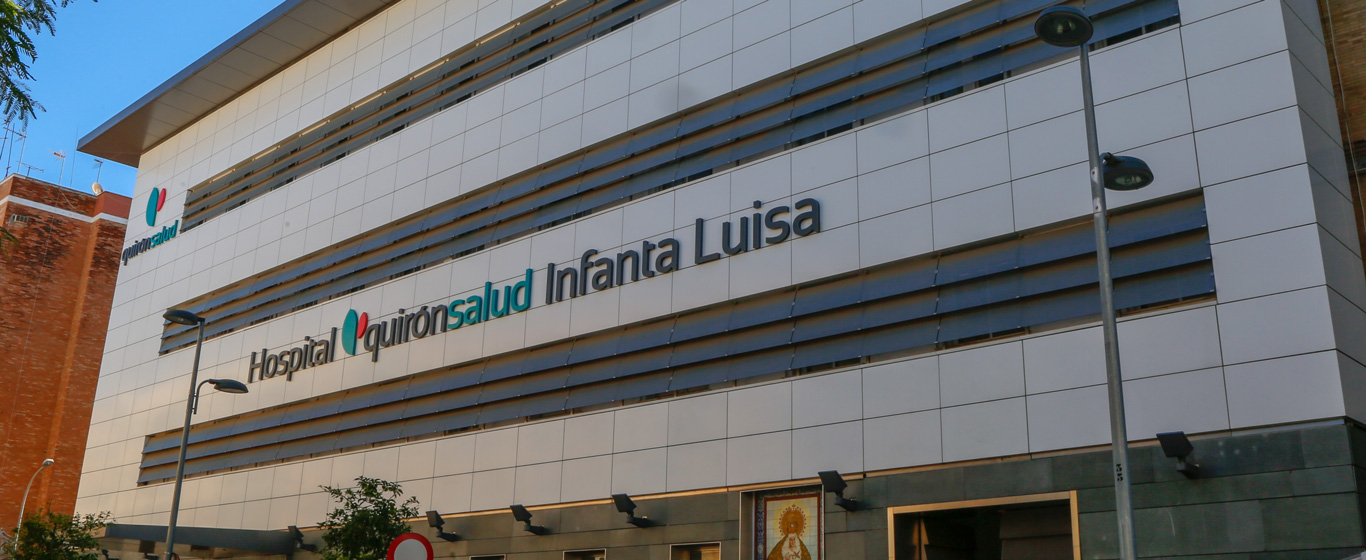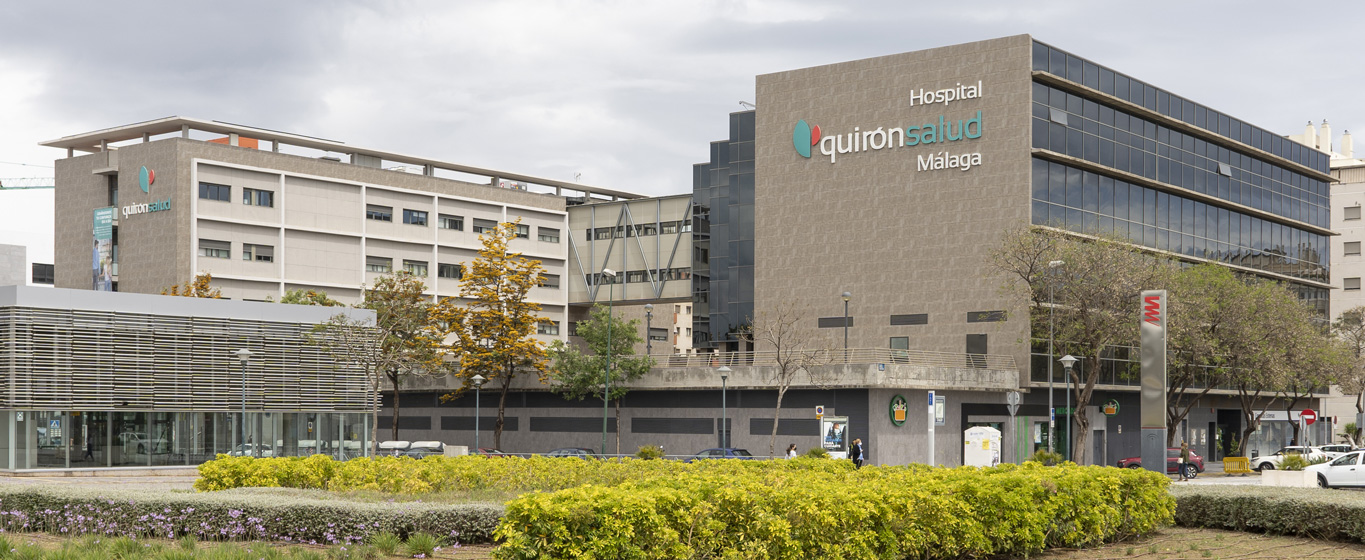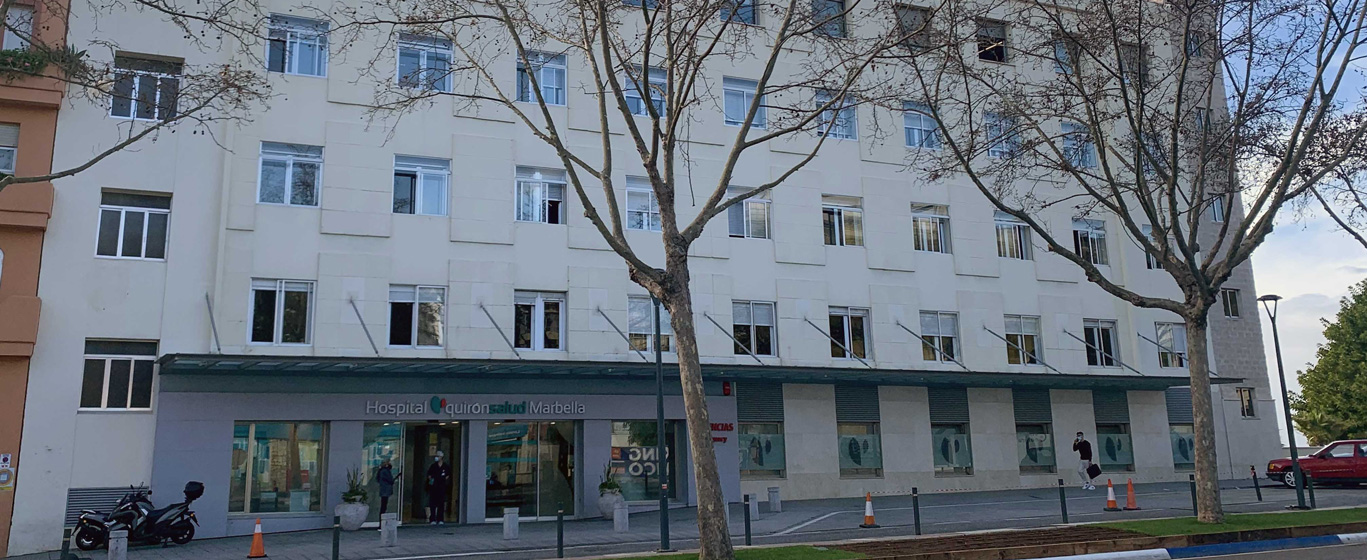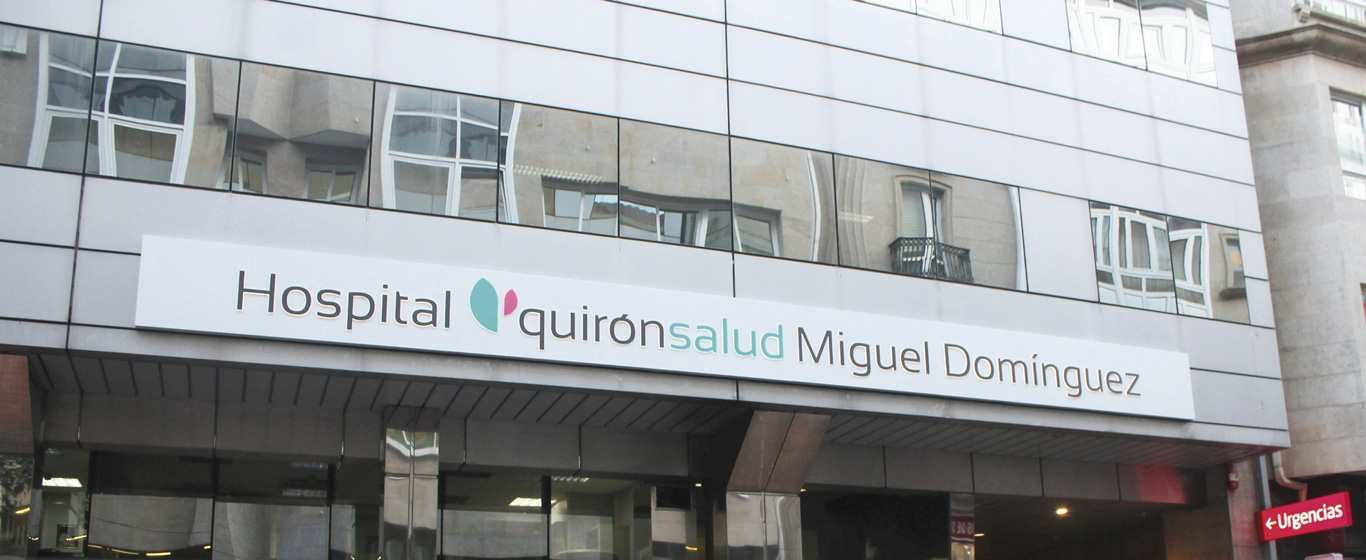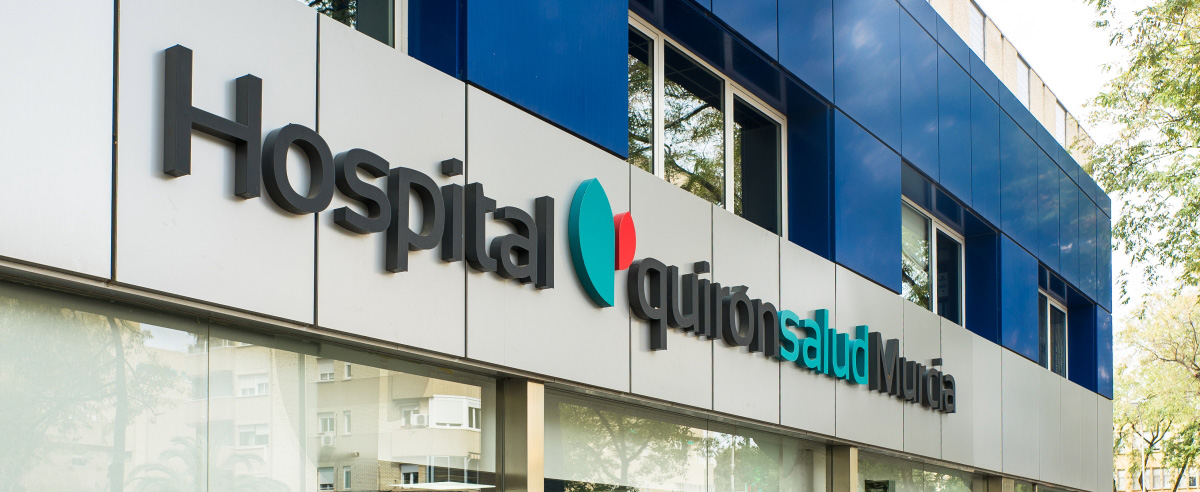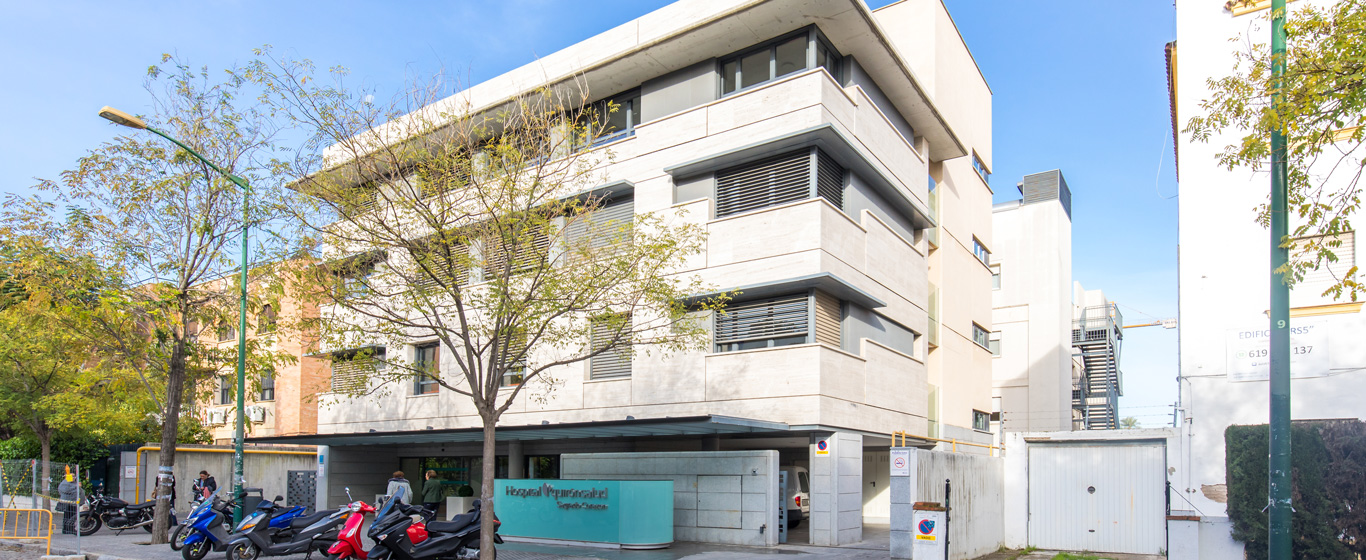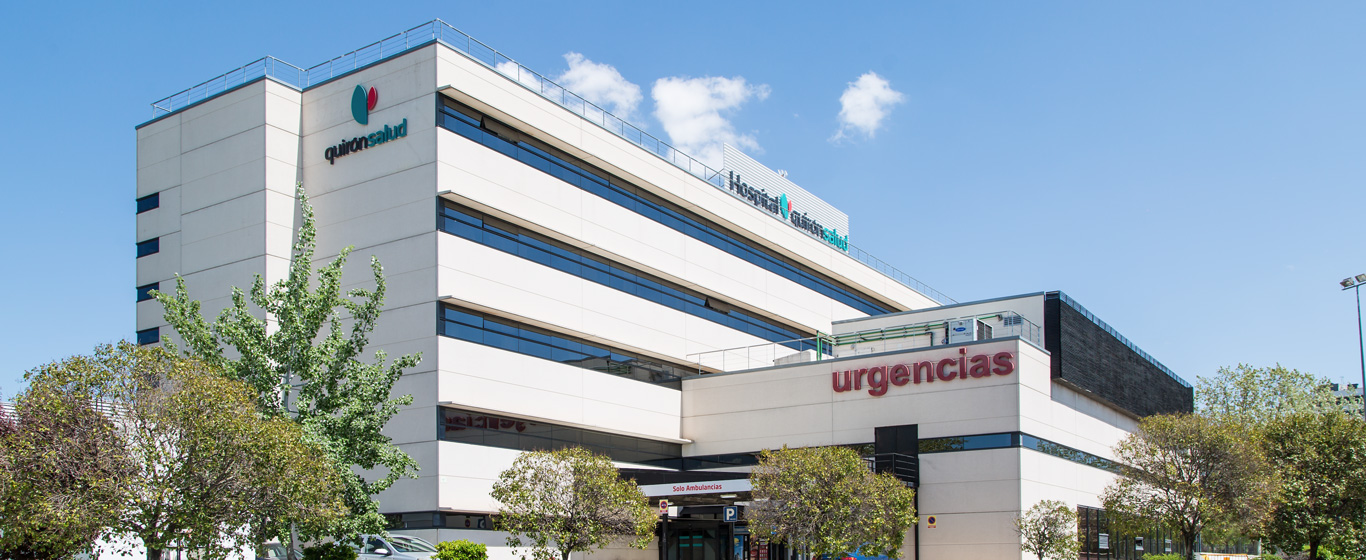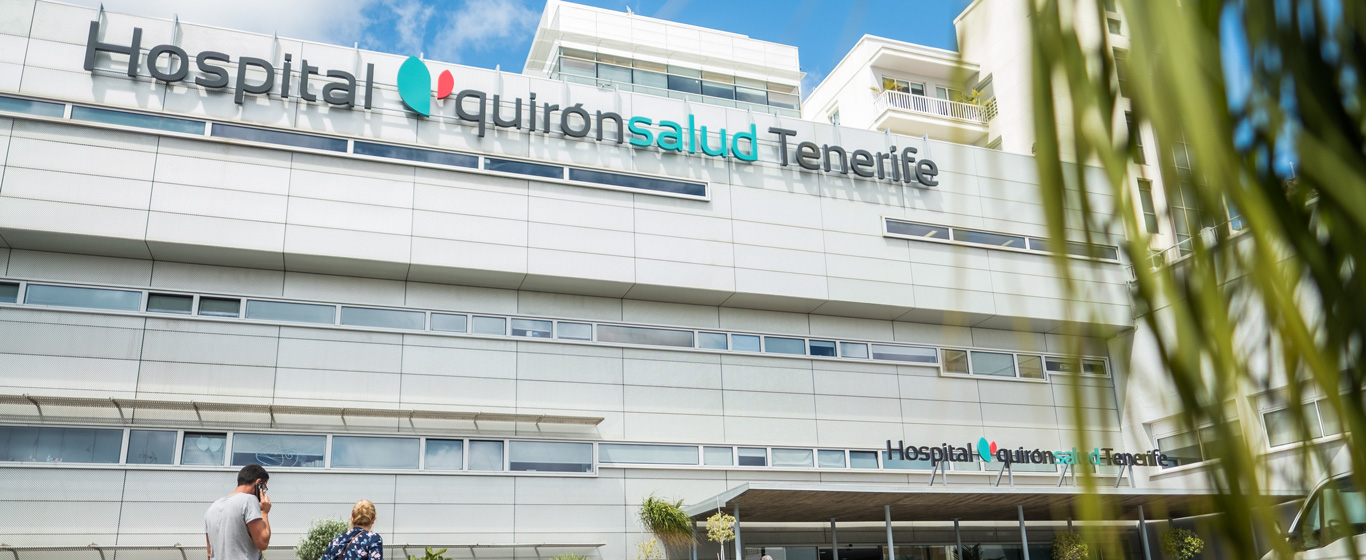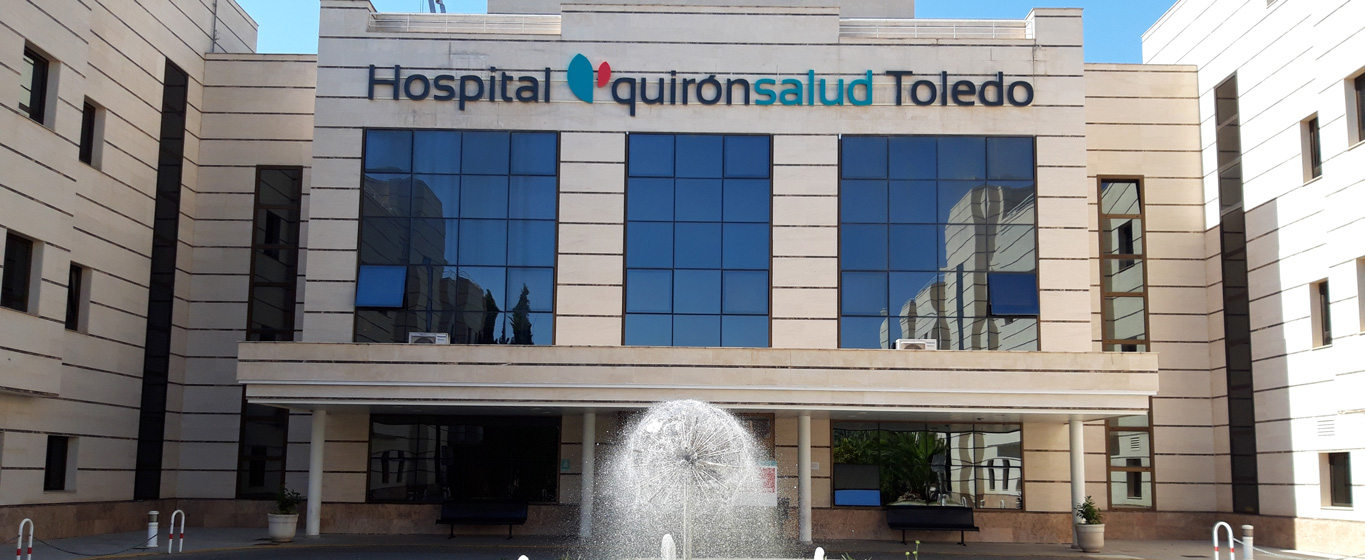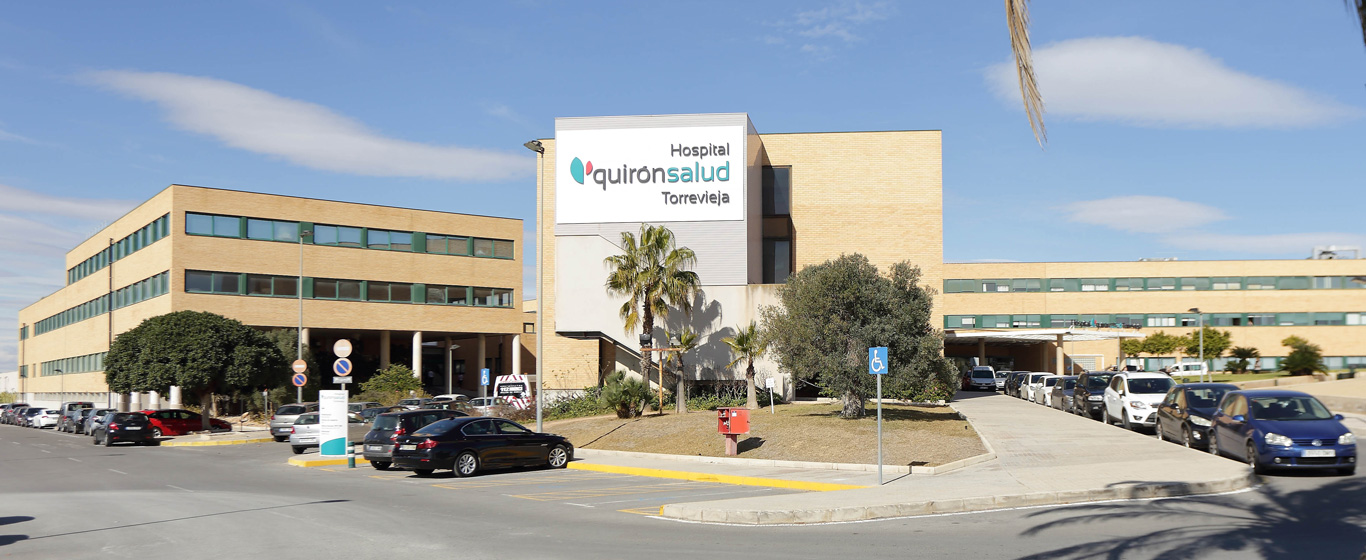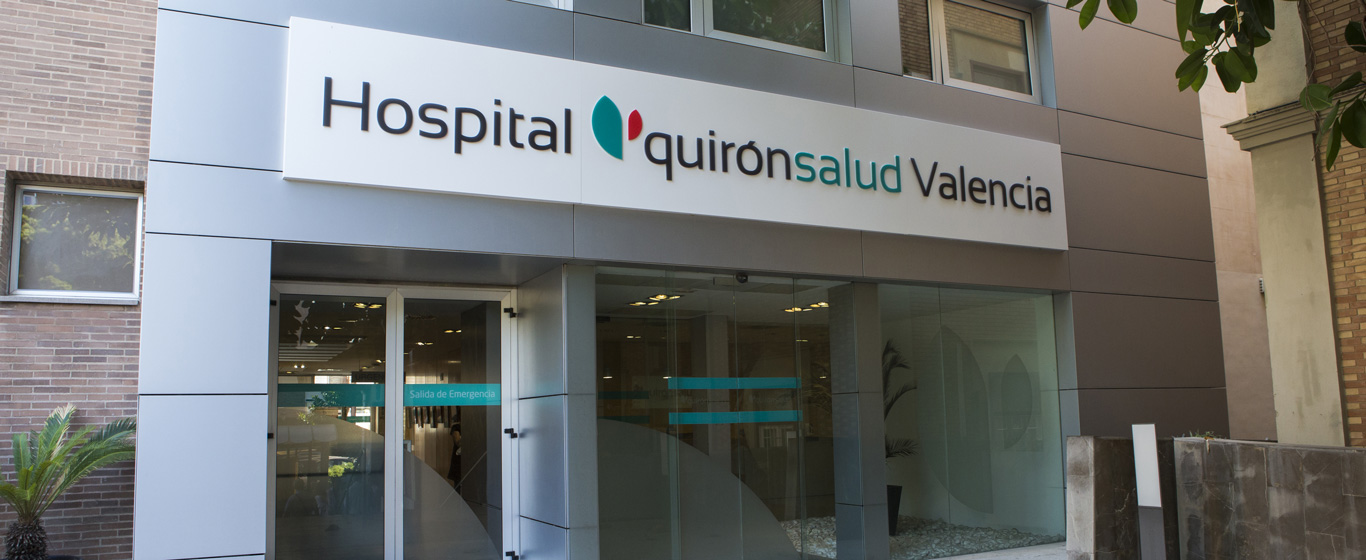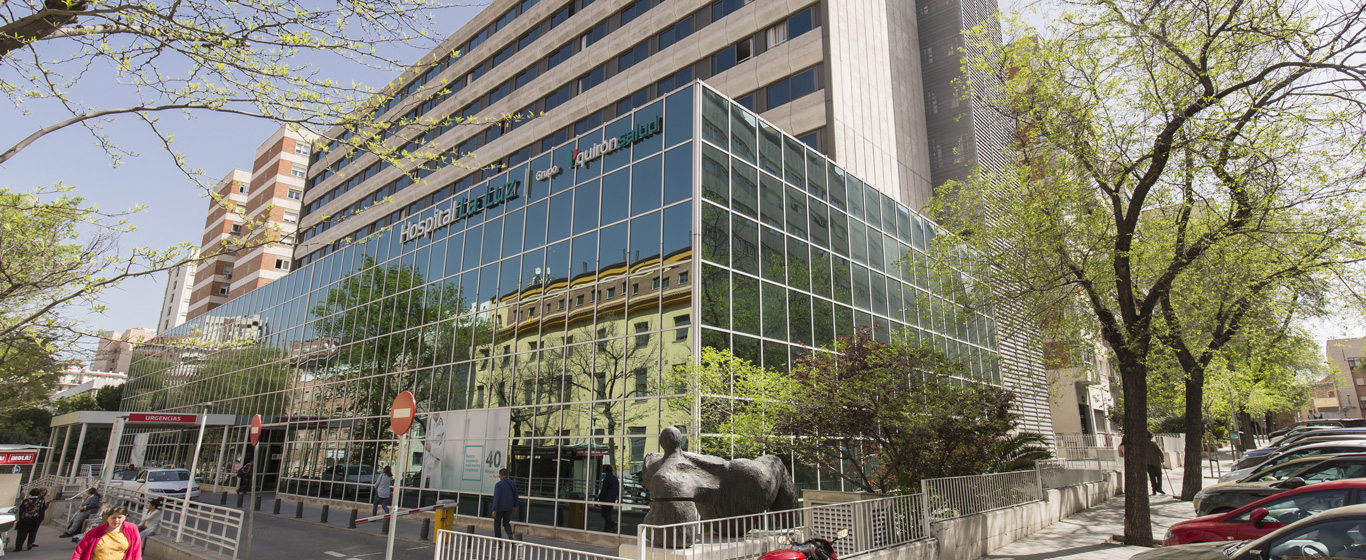Abrasions
Why do skin abrasions occur? All the information about these skin injuries.
Symptoms and Causes
An abrasion is a skin injury caused by friction between the skin and a rough surface, which results in the removal of one or more layers of epidermal cells.
It is a very common injury that can present various degrees:
- First-degree abrasion: only the epidermis, the outermost layer of the skin, is damaged. These are commonly known as scrapes or scratches.
- Second-degree abrasion: the dermis is also affected, and there may be slight bleeding.
- Third-degree abrasion or avulsion: the damage extends to the subcutaneous layer. Epidermal tissues are completely removed, and muscle tissue may be exposed.
Abrasions do not present complications if medical recommendations are followed, as otherwise, they may become infected and have a worse prognosis.
Symptoms
Symptoms of an abrasion can vary depending on its degree, but typically include:
- Pain.
- Swelling around the injury. A burning or warm sensation may occur.
- Bleeding: mild in superficial abrasions but may be abundant in deep abrasions.
- Scab: forms as the abrasion heals, protecting the new skin in development.
Causes
Some of the most common causes of abrasions are:
- Falls on the street, on asphalt or gravel surfaces. Abrasions to the knees, elbows, and palms are common.
- Traffic accidents: motorcycle accidents often cause falls with high-speed sliding on asphalt, making abrasions potentially severe.
- Sports accidents that lead to falls or sliding, such as in cycling or football.
- Work accidents: abrasions can result from contact with machinery, walls, or other rough surfaces.
- Friction with clothing, footwear, or equipment: continuous rubbing can cause abrasions.
Risk Factors
The likelihood of suffering from skin abrasions is higher in the following cases:
- Reckless driving at high speeds.
- Practicing sports on rough surfaces.
- Wearing tight clothing or fabrics with rough textures.
- Using hard or overly tight sports or work equipment.
Complications
The most frequent complication of skin abrasions is infection due to the entry and spread of microorganisms, typically bacteria, into the wound. An infected wound triggers a reaction in the immune system that causes inflammation and tissue damage, as well as slowing the healing process. Most infections remain confined to the affected area and resolve on their own, but if the abrasion is very large or deep, the infection can enter the bloodstream and spread throughout the body, potentially leading to sepsis, an excessive immune response that damages tissues and organs and can be fatal. Signs that a skin abrasion is infected include:
- Increased pain.
- Increased swelling and warmth.
- Darkening color.
- Pus discharge.
- Itching.
If the infection is severe, fever, nausea, vomiting, or general malaise may appear.
Deep abrasions, especially if infected or inadequately treated, often leave permanent scars. Additionally, the healing process of the abrasion may be disrupted by underlying factors, increasing the risk of infection. Healing delays may be caused by:
- Nutritional deficiencies: certain vitamins and fatty acids play a crucial role in healing.
- Diabetes: this condition weakens the immune system and inflammatory response.
- Smoking: reduces blood and oxygen supply to the wound.
- Steroid use: inhibits healing.
- Advanced age: the skin is more fragile, and its healing process is slower.
Prevention
The risk of suffering from an abrasion can be reduced by using all necessary protective equipment during sports and driving activities, such as helmets, knee pads, elbow pads, shin guards, wrist guards, gloves, or motorcycle suits. It is also advisable to keep work environments free of obstacles and slippery surfaces.
Which doctor treats abrasions?
Skin abrasions are assessed and treated by specialists in clinical and surgical dermatology and traffic units, and occasionally by Plastic and Reconstructive Surgery.
Diagnosis
The diagnosis of an abrasion is generally made through a visual physical examination, assessing the extent of the wound, its depth, and the presence of infection signs.
Treatment
The treatment for abrasions depends on their severity. In general, the options are as follows:
- Cleaning: essential to remove impurities and substances that may have adhered to the wound. The wound should be thoroughly cleaned with water and soap, directing the water stream to carry dirt from the center to the edges. In deeper abrasions, sterile saline solution may be used.
- Debridement: it may be necessary to remove dead tissue or tightly adhered contaminants, such as grease, tar, or paint. This can be done mechanically, with surgical instruments like scalpels and scissors, or using chemical products such as iodine, chlorhexidine, or silver.
- Disinfection: after cleaning, a mild antiseptic is applied to reduce the risk of infection. If the infection risk is high, antibiotic ointments may be used.
- Protection: the wound is covered with sterile gauze or bandages to protect it and keep it moist. Hydrocolloid dressings can be used, which absorb exudate and act as debriders to promote healing. Dressings should be changed frequently.
- Pain and anti-inflammatory medications to reduce swelling and pain.
- Tetanus vaccination: may be necessary if the abrasion has significant dead tissue or is heavily contaminated with foreign bodies.
- Skin graft: for very deep and extensive abrasions that do not heal because the skin is too damaged, a skin graft may be performed to complete the healing process. The donor graft is usually taken from the patient’s own body, typically from the buttocks, back, or inner thigh.




